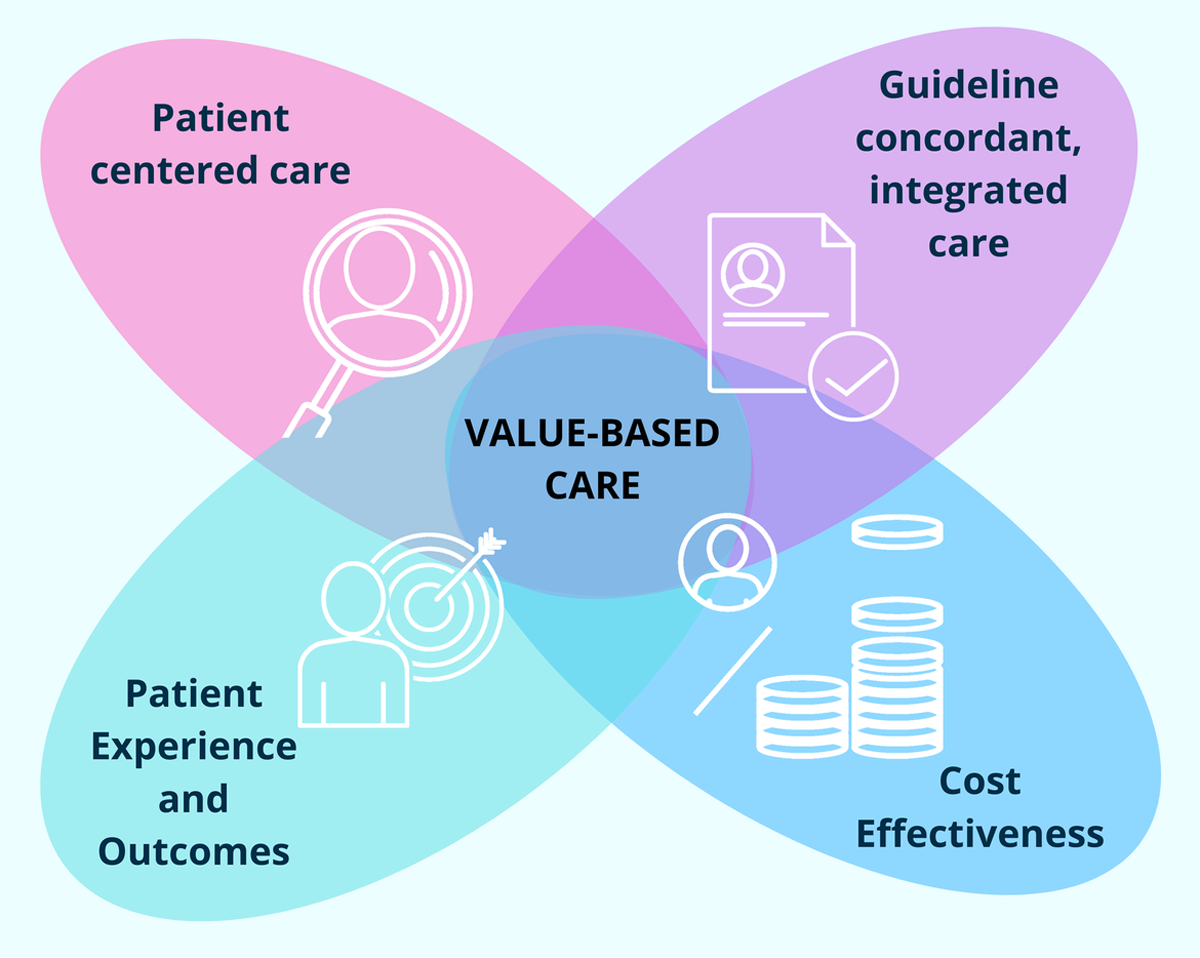Low-value Care in Musculoskeletal Health Care: Is There a Way Forward?
SOURCE: Pain Practice 2022 (Sep); 22 (Suppl 2): 65–70
| OPEN ACCESS |
Jan Hartvigsen PhD, Steven J. Kamper PhD, Simon D. French PhD
Department of Sports Science and Clinical Biomechanics,
Center for Muscle and Joint Health,
University of Southern Denmark,
Odense M, Denmark.
Background: Low-value care that wastes resources and harms patients is prevalent in health systems everywhere.
Methods: As part of an invited keynote presentation at the Pain in Motion IV conference held in Maastricht, Holland, in May 2022, we reviewed evidence for low-value care in musculoskeletal conditions and discussed possible solutions.
Results: Drivers of low-value care are diverse and affect patients, clinicians, and health systems everywhere. We show that low-value care for back pian, neck pain, and osteoarthritis is prevalent in all professional groups involved in caring for people who seek care for these conditions. Implementation efforts that aim to reverse low-value care seem to work better if designed using established conceptual and theoretical frameworks.
There is more like this @ our:
LOW BACK PAIN Section and the:
Conclusion: Low-value care is prevalent in the care of people with musculoskeletal conditions. Reducing low-value care requires behaviour change among patients and clinicians as well as in health systems. There is evidence that behaviour change can be facilitated through good conceptual and theoretical frameworks but not convincing evidence that it changes patient outcomes.
Keywords: back pain; clinical guidelines; evidence-based practice; low-value care; osteoarthritis.
From the Full-Text Article:
Low-Value Care Is Prevalent In Health Systems
Low-value care is defined as health services that confer little or no benefit to patients or where risk of harm exceeds probable benefit, according to best available evidence. [1] Low-value care is common across health systems globally and includes ineffective screening programs, unnecessary diagnostic testing and imaging, ineffective and harmful treatments, and inefficient organization of health systems. [2, 3] It is estimated that only around 60% of services are in line with best available evidence, 30% is waste, duplication, or low value, and 10% is harmful. [4] Low-value care is not a trivial issue; it adds cost and consumes resources, causes iatrogenic harm, and impedes delivery of high-value care that reliably provides health benefits for individuals and populations. [5]







Leave A Comment